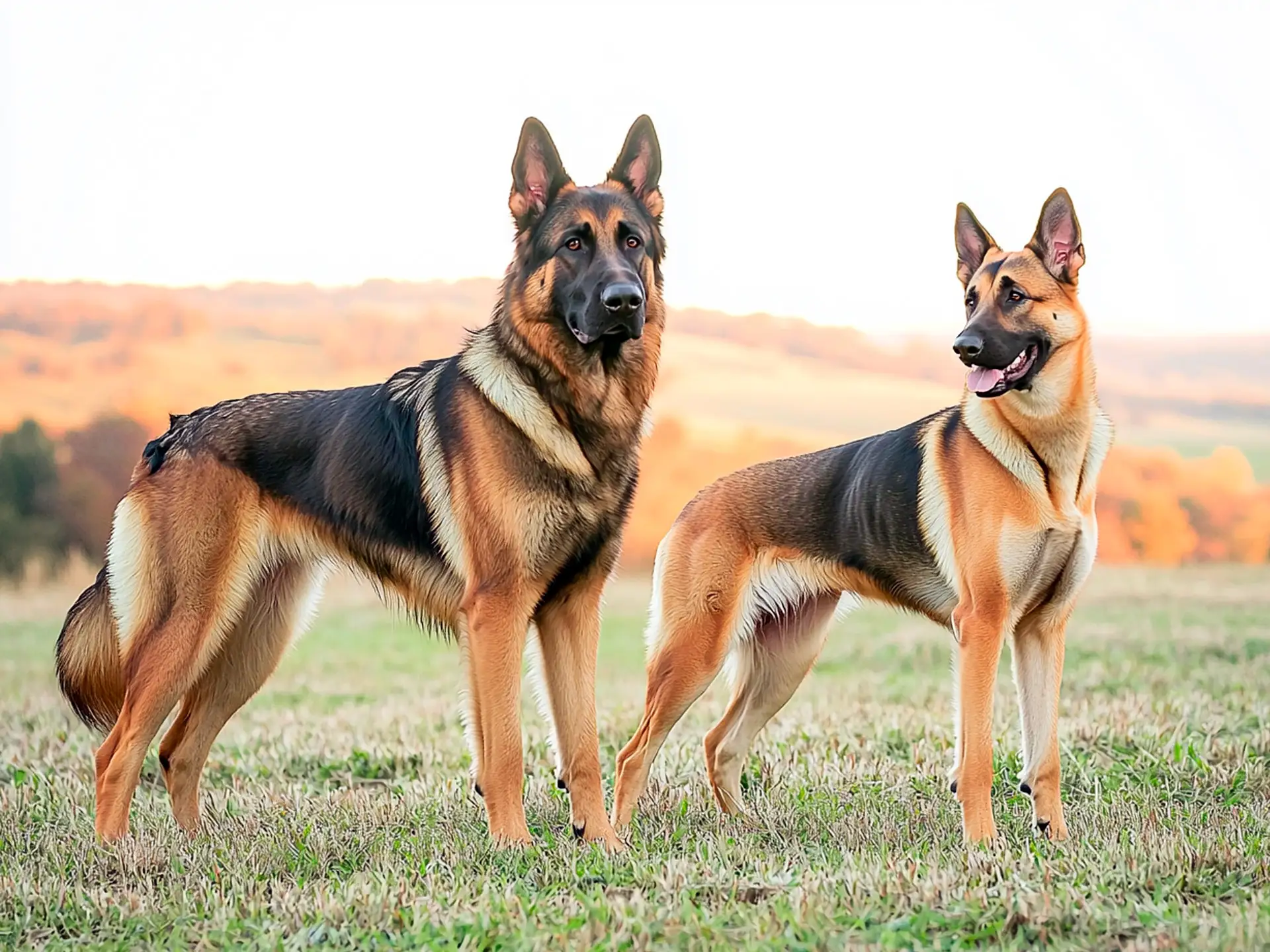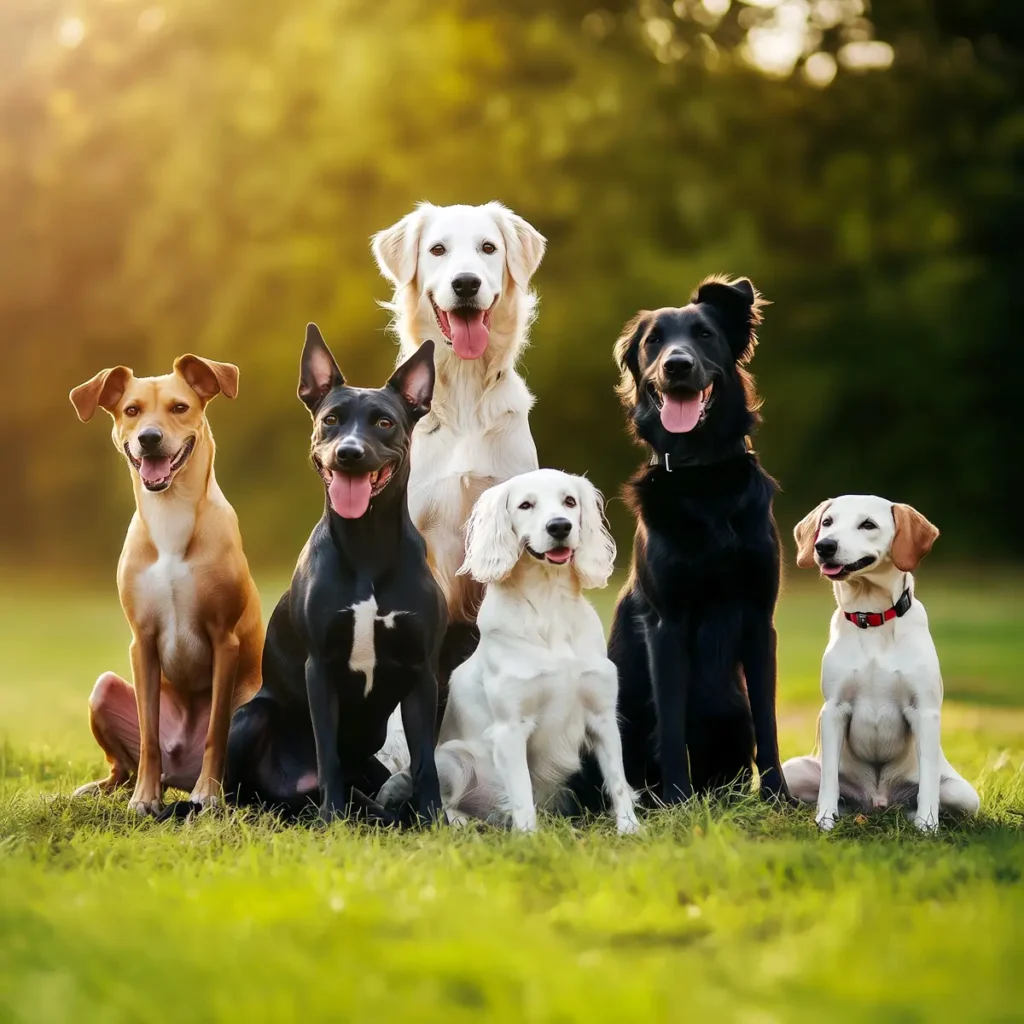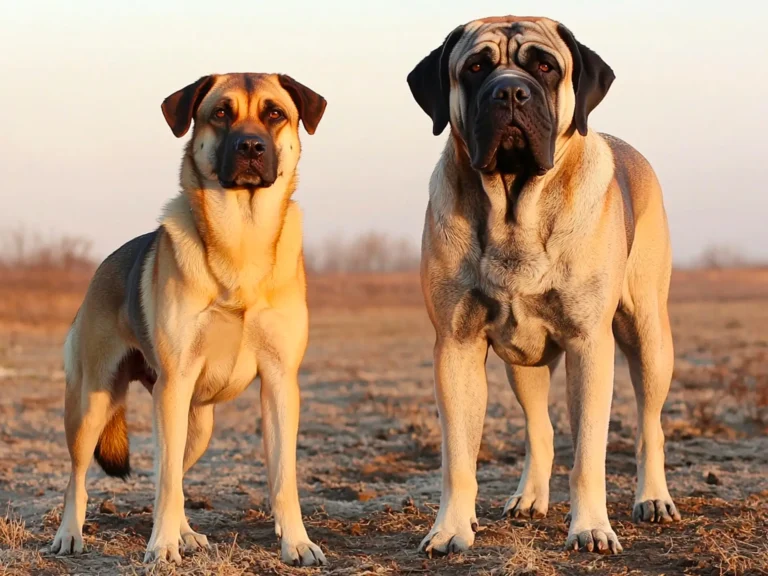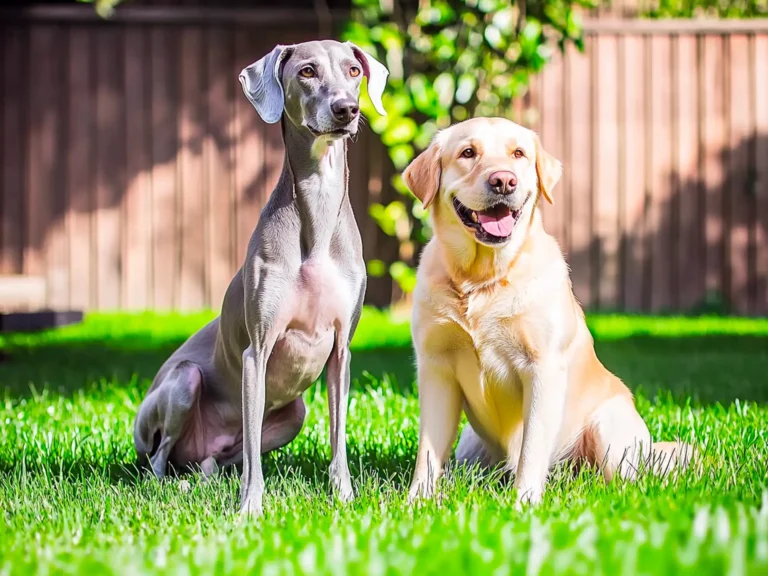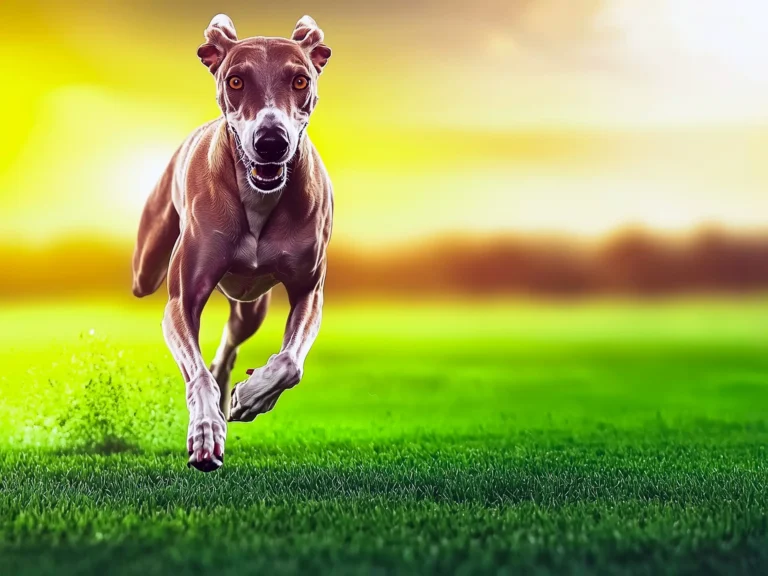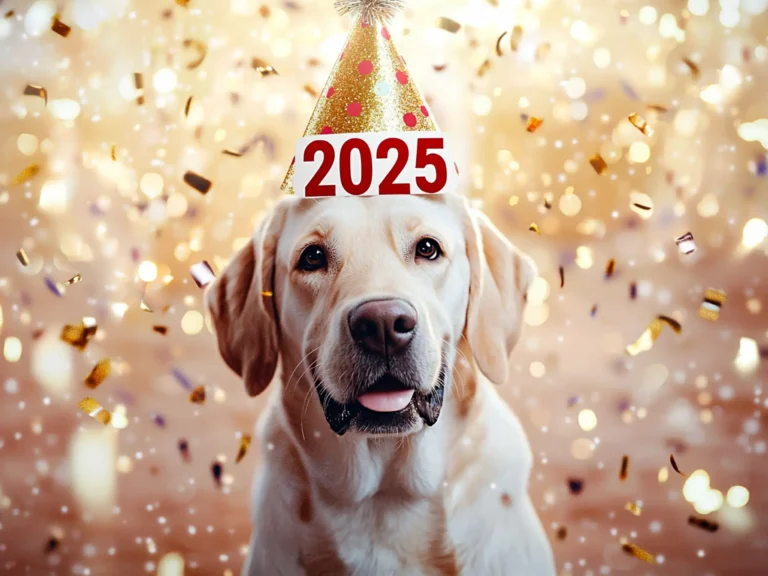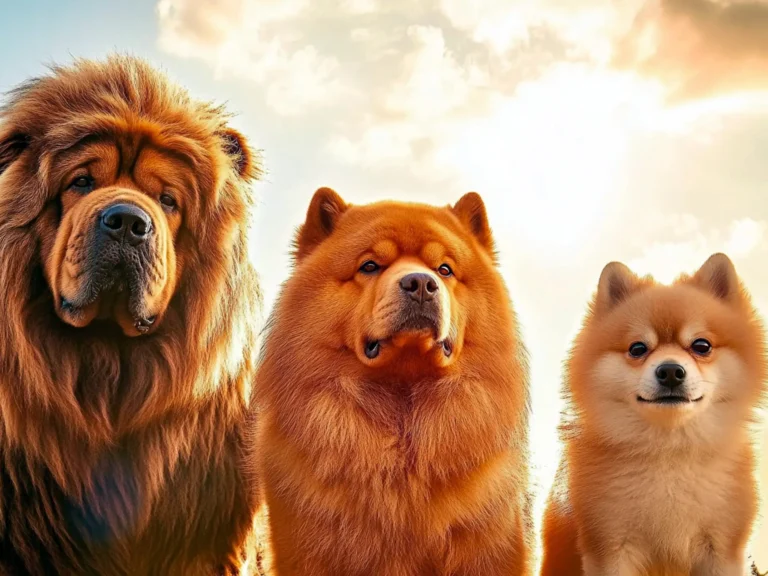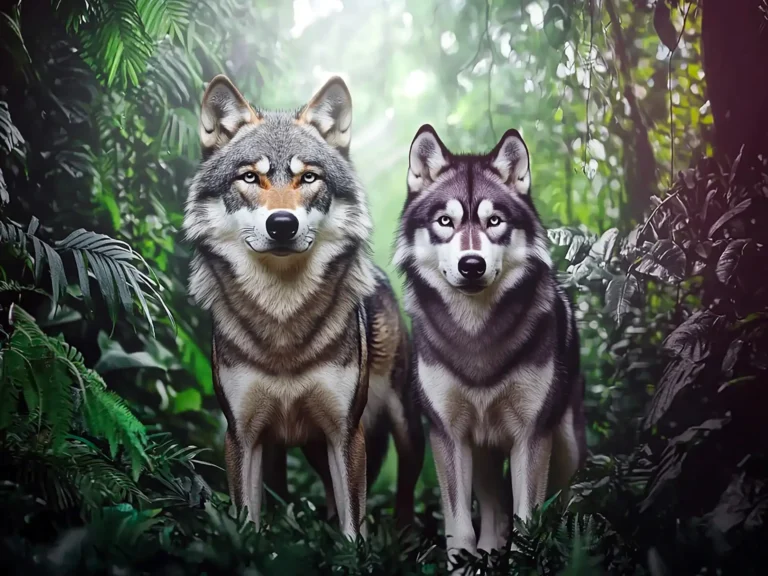Looking for a strong, loyal dog with the hallmark traits of the beloved German Shepherd—but curious if other breeds share that same striking appearance and versatile skill set? You’re in the right place. Renowned for their courage, intelligence, and adaptability, German Shepherds (GSDs) often top the list for everything from family guardians to highly skilled service and police dogs. In fact, research shows that Shepherd-type breeds in general rank among the most successful in demanding roles like search-and-rescue, underscoring just how trainable and hardworking they can be.
Yet the German Shepherd isn’t the only dog that combines eye-catching good looks with a sharp mind and a protective nature. A surprising array of dogs that look like German Shepherds also boasts a similar build, coat pattern, or temperament—some are smaller, some larger, and some share that iconic black-and-tan coloring. By exploring these breeds, you can find the “Shepherd aesthetic” paired with unique traits, potentially better suited to your space, lifestyle, or personal preferences.
In this comprehensive guide, we’ll introduce you to 10 dog breeds that closely resemble the German Shepherd. We’ll dive into each breed’s appearance, temperament, health considerations, and training needs. Whether you’re looking for a smaller dog with GSD-like looks or exploring police dog breeds that look like German Shepherds, this article will help you make an informed choice. By the end, you’ll have a deeper understanding of these Shepherd-like canines and be one step closer to finding your perfect four-legged companion.
What Makes the German Shepherd So Distinctive?
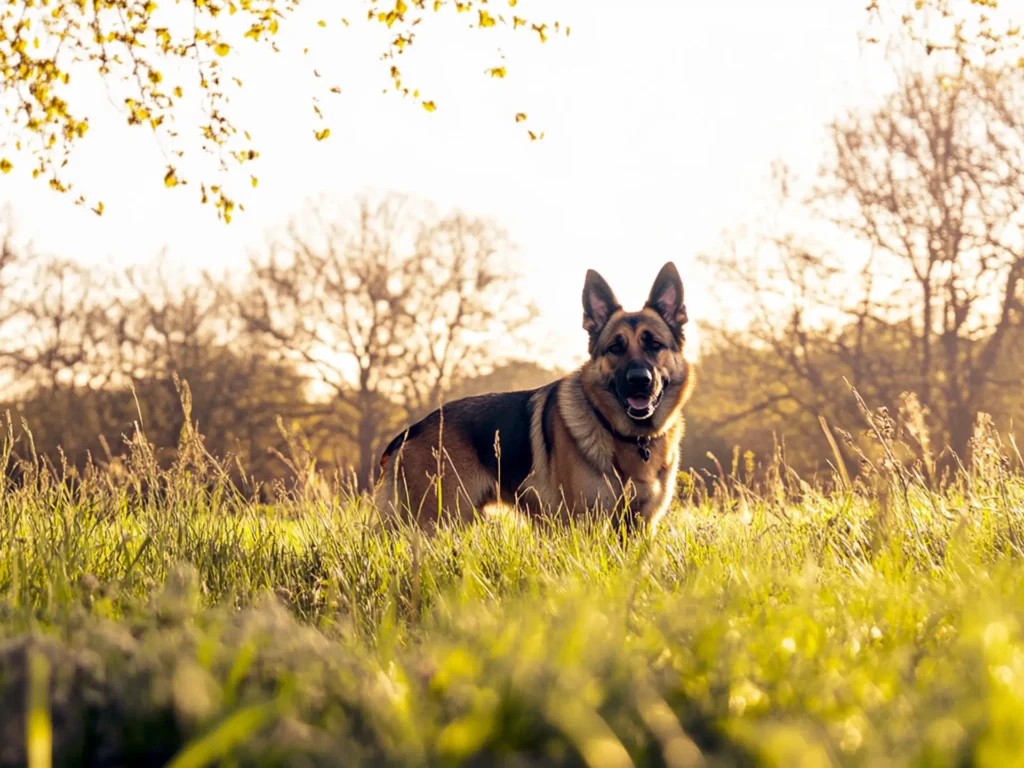
Before we explore other dogs that look like German Shepherds, it’s crucial to understand what makes the GSD so special. These well-known dogs are loved for their:
- Intelligence and Trainability: German Shepherds rank highly in obedience and working intelligence.
- Athletic Build: With a strong, muscular frame and distinct stance, they are known for their high energy and agility.
- Loyal and Protective Nature: As natural guardians, GSDs take their role of protecting family very seriously.
- Versatility: They excel in many roles—service dog, police dog, search-and-rescue, herding, and beyond.
In terms of appearance, German Shepherds typically have:
- A medium to large size (males range 24-26 inches at the shoulder, females around 22-24 inches).
- A double coat (medium or long) that can be black and tan, black and red, sable, all black, or even white.
- A distinct square muzzle, erect ears, and almond-shaped eyes.
It’s these qualities—both physical and beha vioral—that form the benchmark against which we compare other breeds.
Top Breeds That Look Like German Shepherds
While the German Shepherd is incredibly popular, there are several other breeds that share a similar look and occasionally even similar temperament. Below are some of the best-known German Shepherd look-alikes, including those often used in police or military work.
1. Belgian Malinois
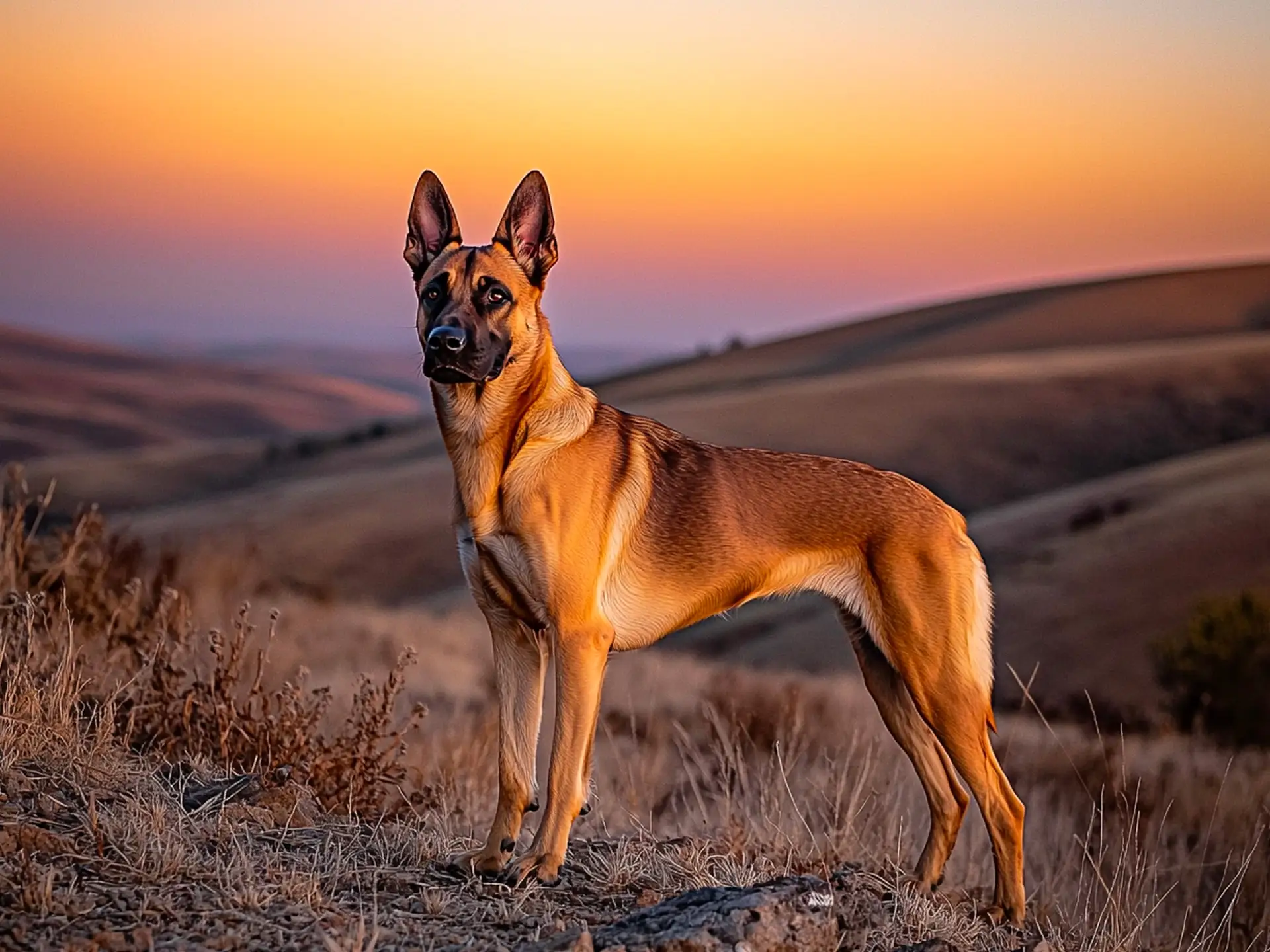
Often mistaken for German Shepherds, Belgian Malinois are slightly smaller but just as energetic and driven. They have a short coat that is typically fawn, mahogany, or tan with a black mask.
Key Features
- Size: 22-26 inches at the shoulder; slightly lighter frame than a GSD.
- Coat: Short, straight, and waterproof.
- Temperament: Highly alert, loyal, and extremely energetic. They thrive with consistent mental and physical stimulation.
- Work History: Commonly seen as police and military dogs due to their intense focus and agility.
Who Should Consider a Belgian Malinois?
- Highly active individuals who can provide extensive training and exercise.
- Those interested in search-and-rescue, agility competitions, or advanced obedience work.
- Experienced dog owners who appreciate a high-drive breed.
2. Belgian Tervuren
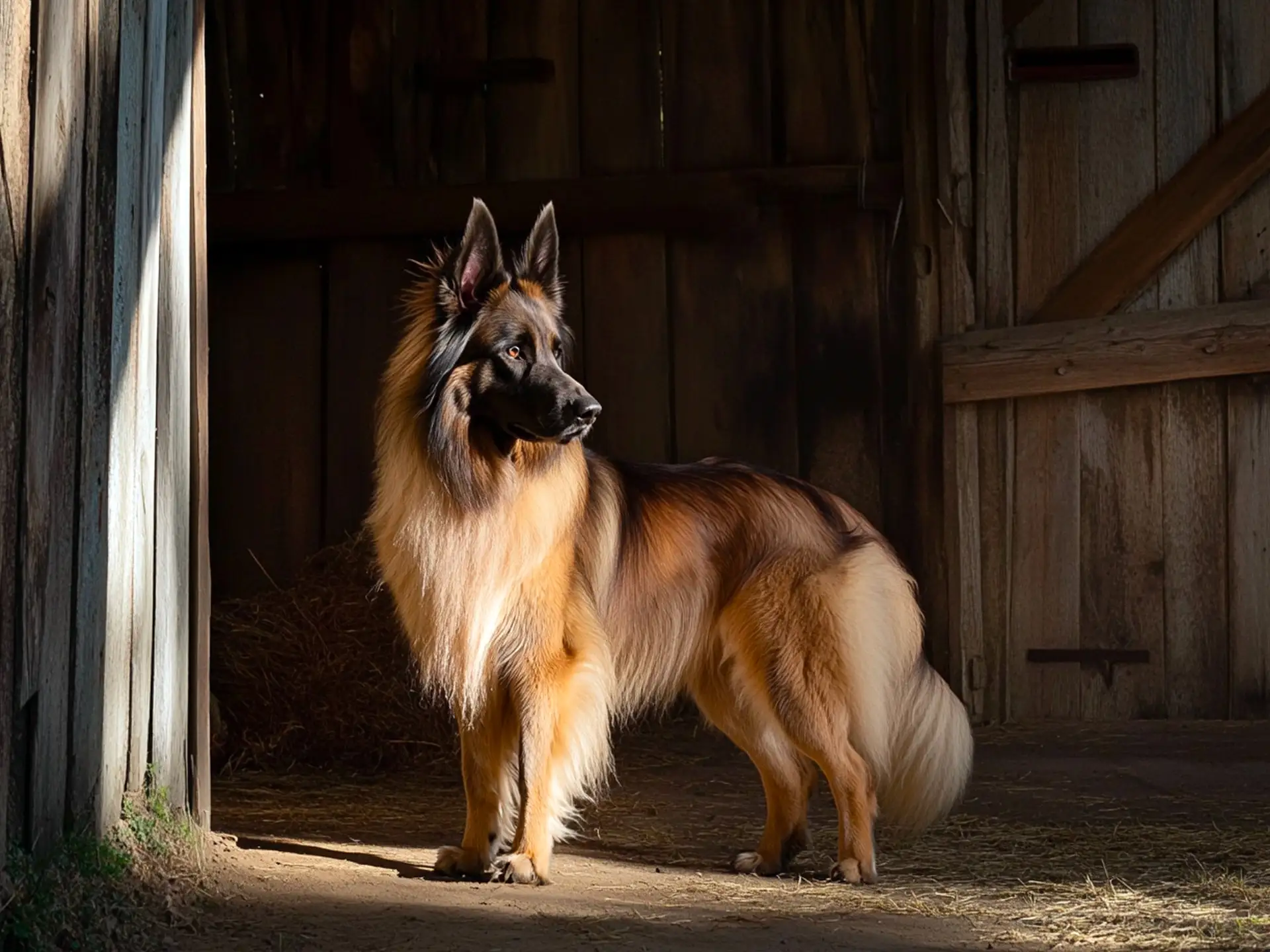
Another Belgian Sheepdog variety, the Tervuren, shares the GSD’s fuller coat appearance. They have a thick, long coat often in a rich mahogany or fawn color with black overlays.
Key Features
- Size: Around 22-26 inches tall and typically 45-75 pounds.
- Coat: Long, abundant hair; requires regular brushing.
- Temperament: Intelligent, protective, and energetic. They do best with an active family.
- Work History: Known for herding, search-and-rescue, and police work in some regions.
Who Should Consider a Belgian Tervuren?
- Families or individuals who have time for daily grooming and significant exercise.
- People looking for a loyal watchdog that’s also affectionate with its family.
3. King Shepherd
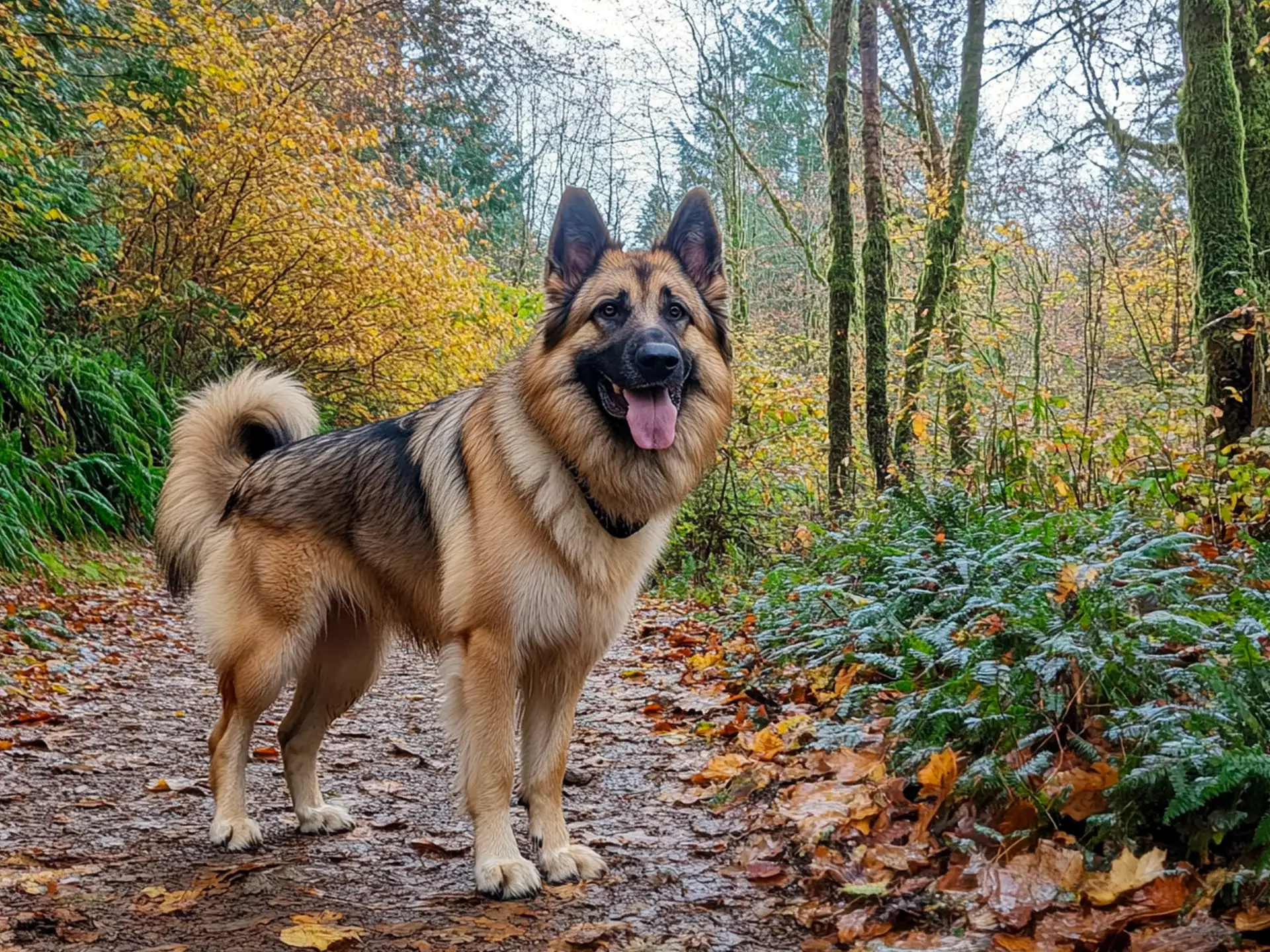
If you’re looking for a dog that looks like a German Shepherd but bigger, King Shepherds may be the perfect fit. These dogs are a newer breed, developed by crossing German Shepherds with other large working dogs such as the Great Pyrenees and the Alaskan Malamute.
Key Features
- Size: Can weigh 100-150 pounds and stand up to 29 inches tall.
- Coat: Thick, can be long or plush. Colors include sable, black and tan, or black and silver.
- Temperament: Loyal, protective, and somewhat calmer than a typical GSD.
- Health: Like other large breeds, can be prone to hip dysplasia; regular vet check-ups are essential.
Who Should Consider a King Shepherd?
- Those who want a large, imposing guardian with a gentle family-oriented side.
- Owners prepared for the higher food costs and potential joint care of a giant breed.
4. Bohemian Shepherd
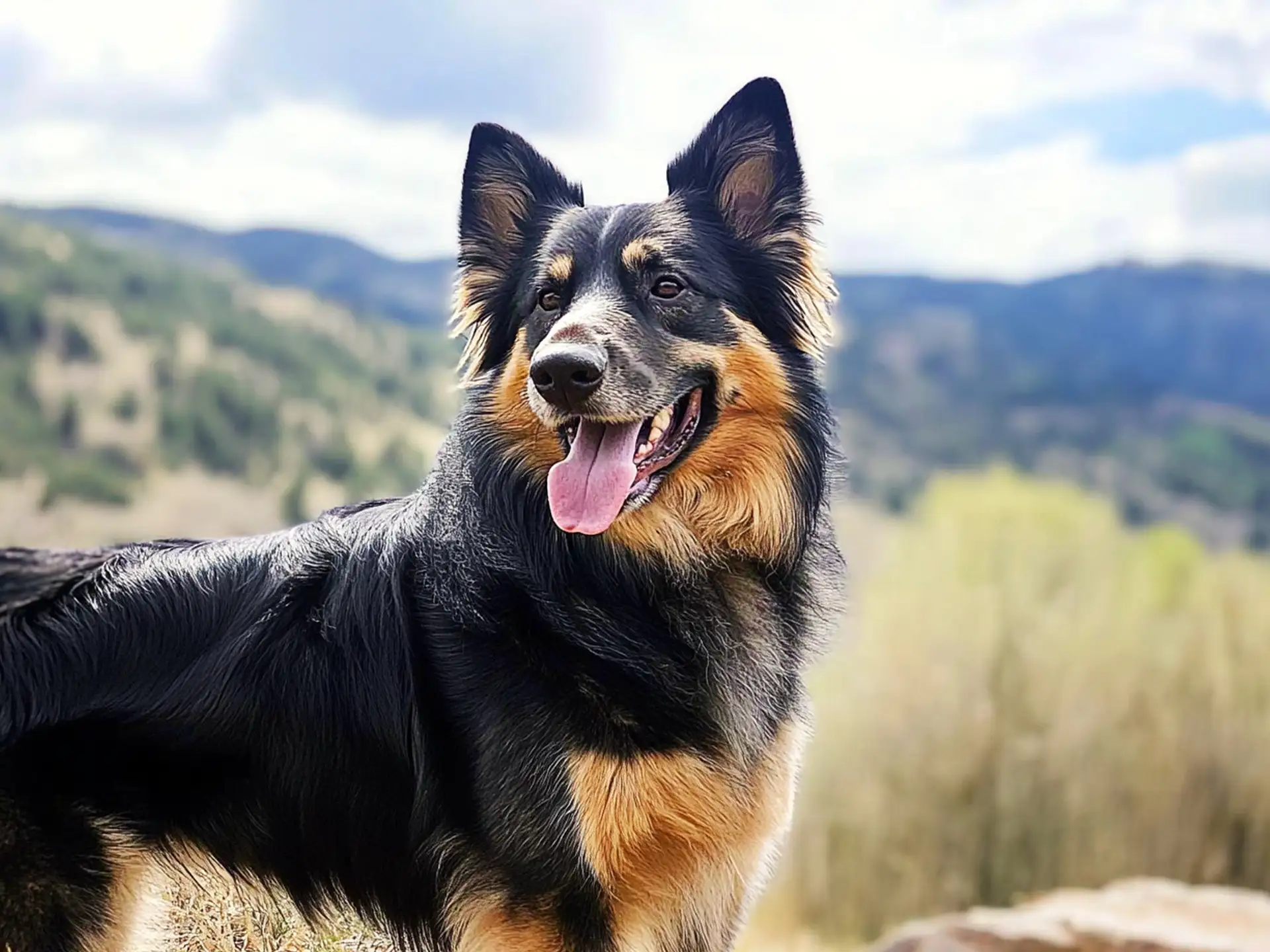
The Bohemian Shepherd, also known as the Chodský pes, hails from the Czech Republic. Although not as internationally recognized, this breed’s appearance is reminiscent of a smaller, long-coated German Shepherd.
Key Features
- Size: Typically 19-22 inches tall and 40-60 pounds.
- Coat: Long, thick double coat predominantly black, often with tan markings.
- Temperament: Friendly, active, trainable, and great with children.
- Rarity: Less common, so you may have to research specialized breeders.
Who Should Consider a Bohemian Shepherd?
- Families wanting an energetic, intelligent dog that resembles the GSD but is slightly more compact.
- Owners who can dedicate time for mental stimulation and moderate exercise.
5. Dutch Shepherd
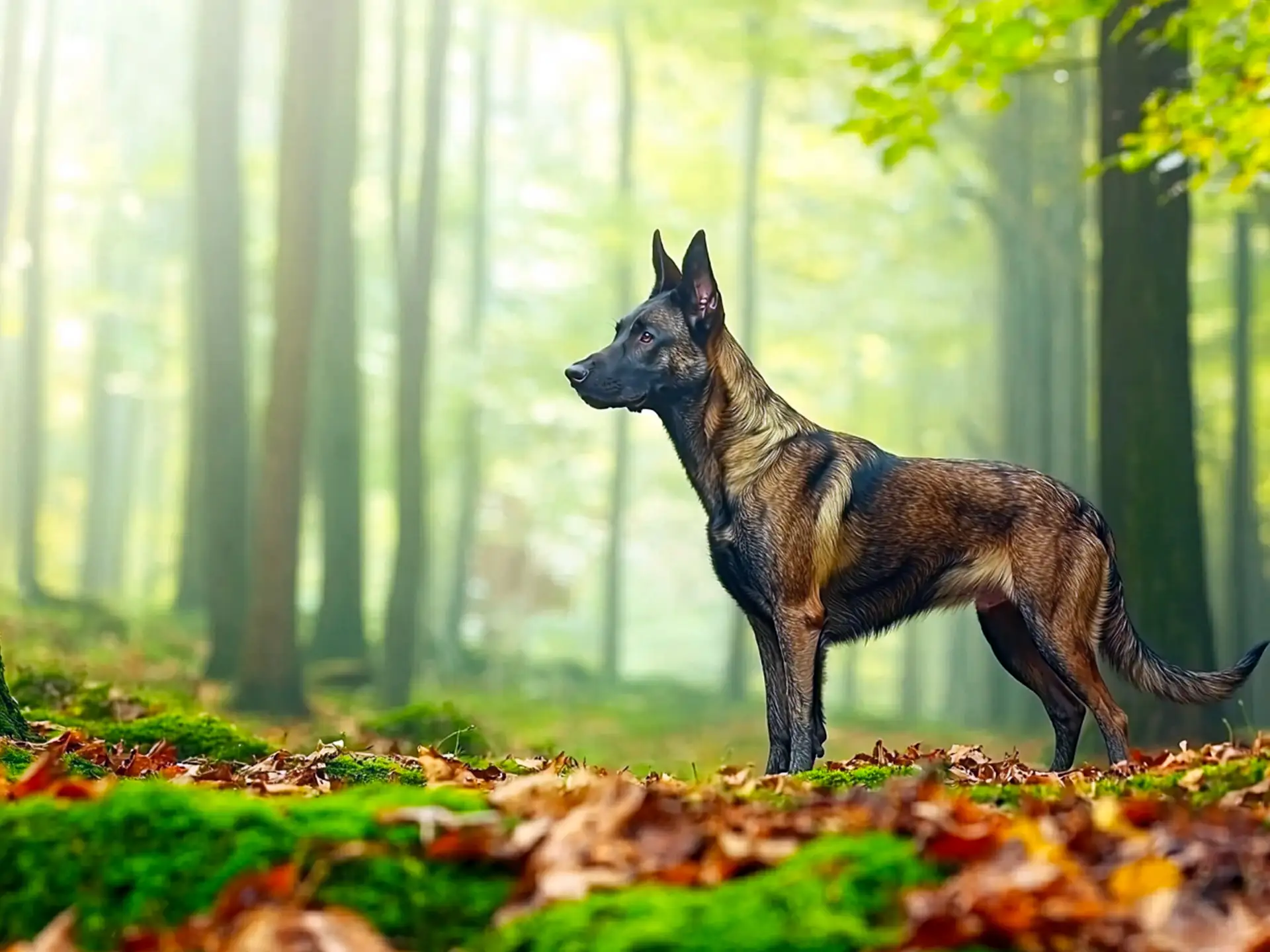
Although their brindle coat sets them apart visually, some Dutch Shepherds can appear quite similar to German Shepherds in body type. They are outstanding herding dogs with a high work drive.
Key Features
- Size: 21-25 inches tall, weighing 40-70 pounds.
- Coat: Comes in three varieties: short, wire, and long. The base color is typically brindle (brown or gray with black stripes).
- Temperament: Loyal, alert, and very high-energy. Needs plenty of mental stimulation.
- Training: They excel in dog sports like agility, obedience, and herding trials.
Who Should Consider a Dutch Shepherd?
- Owners who enjoy training and can match the breed’s high energy.
- Active households or individuals who spend lots of time outdoors.
6. Shiloh Shepherd
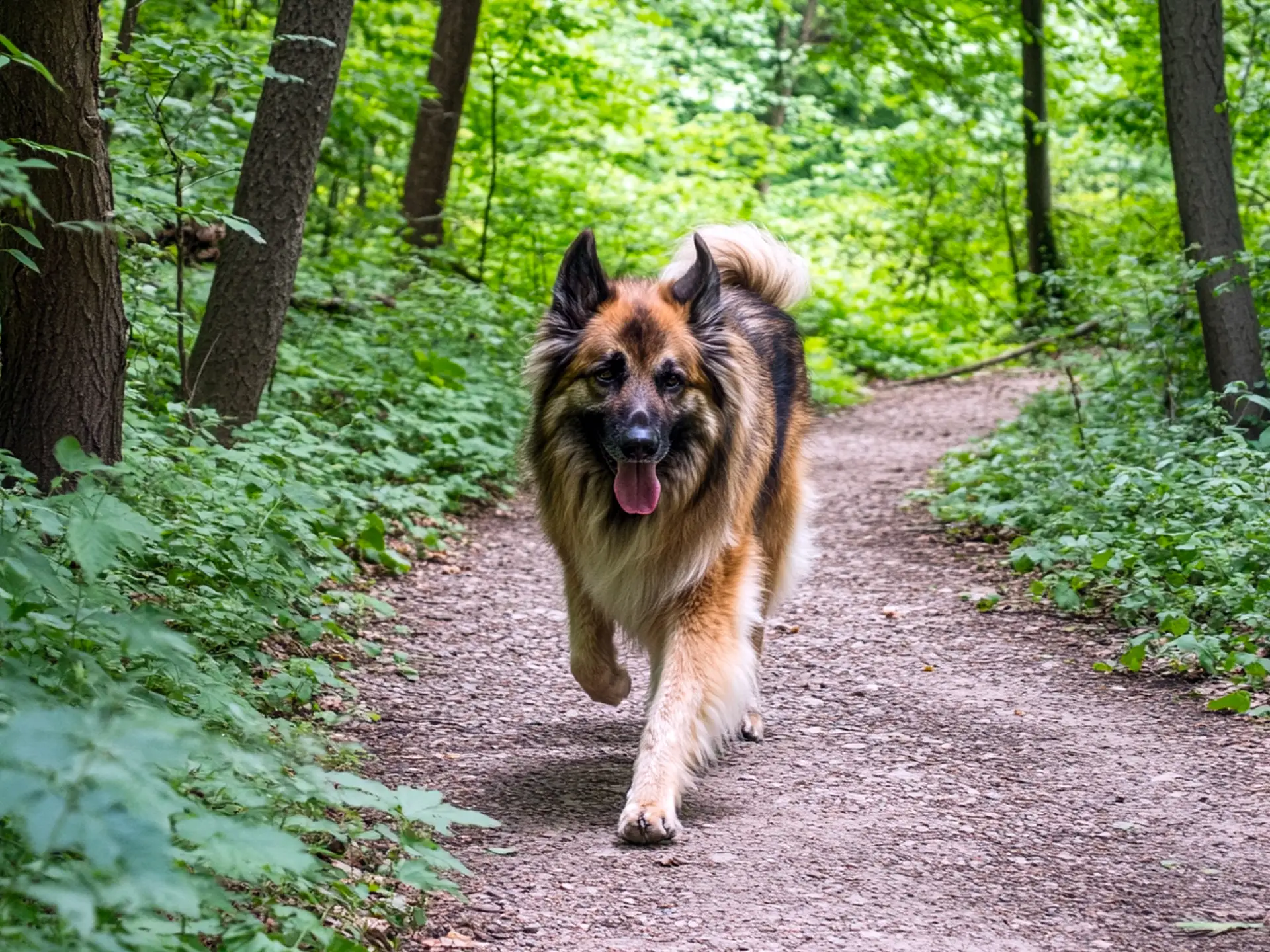
Created in the 1970s, the Shiloh Shepherd is a breed developed to retain the intelligence of the German Shepherd but with a calmer, gentler temperament and a larger physique. They often look like oversized, plush German Shepherds.
Key Features
- Size: Males can reach 28-30 inches in height and weigh 100+ pounds; females slightly smaller.
- Coat: Two types—plush (longer) and smooth (shorter). Colors range from black and tan to gray, silver, or bicolor.
- Temperament: Calm, friendly, and particularly good with families and children when well-socialized.
- Health: Some lines are specifically bred to reduce hip dysplasia and other structural issues.
Who Should Consider a Shiloh Shepherd?
- Individuals who adore the Shepherd look but prefer a less intense drive.
- Families seeking a large companion that can be both protective and gentle.
7. Carpathian Shepherd
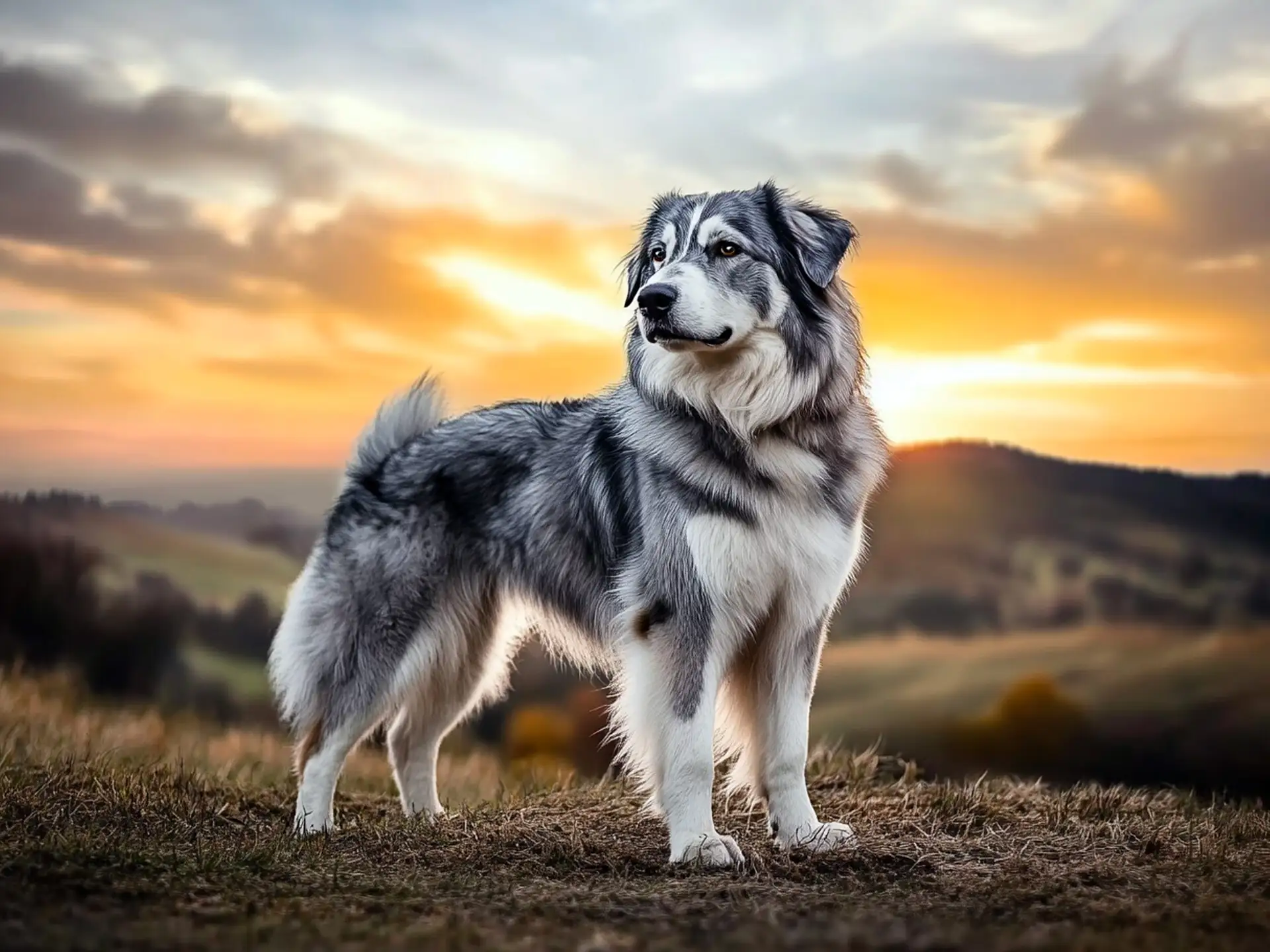
The Carpathian Shepherd, or Romanian Carpathian Shepherd Dog, is another breed that can visually resemble a German Shepherd, particularly those with sable-like coloring. Bred for livestock guarding, they are robust and courageous.
Key Features
- Size: 23-29 inches in height; weight from 70-100 pounds.
- Coat: Thick, double coat in wolf-gray or sable shades.
- Temperament: Brave, loyal, and somewhat independent. Protective of livestock and family.
- Environment: Ideally suited to rural or suburban settings with space to roam.
Who Should Consider a Carpathian Shepherd?
- Families who live on larger properties or farms.
- Those seeking a powerful guardian dog with a Shepherd-like appearance.
Small and Medium-Sized Dogs That Resemble German Shepherds
Not everyone has room or lifestyle flexibility for a large or giant breed. If you’re specifically searching for a dog that looks like a German Shepherd but smaller, there are a few possibilities—though some are more “medium” than truly “small.”
8. Miniature German Shepherd (Designer Crossbreed)
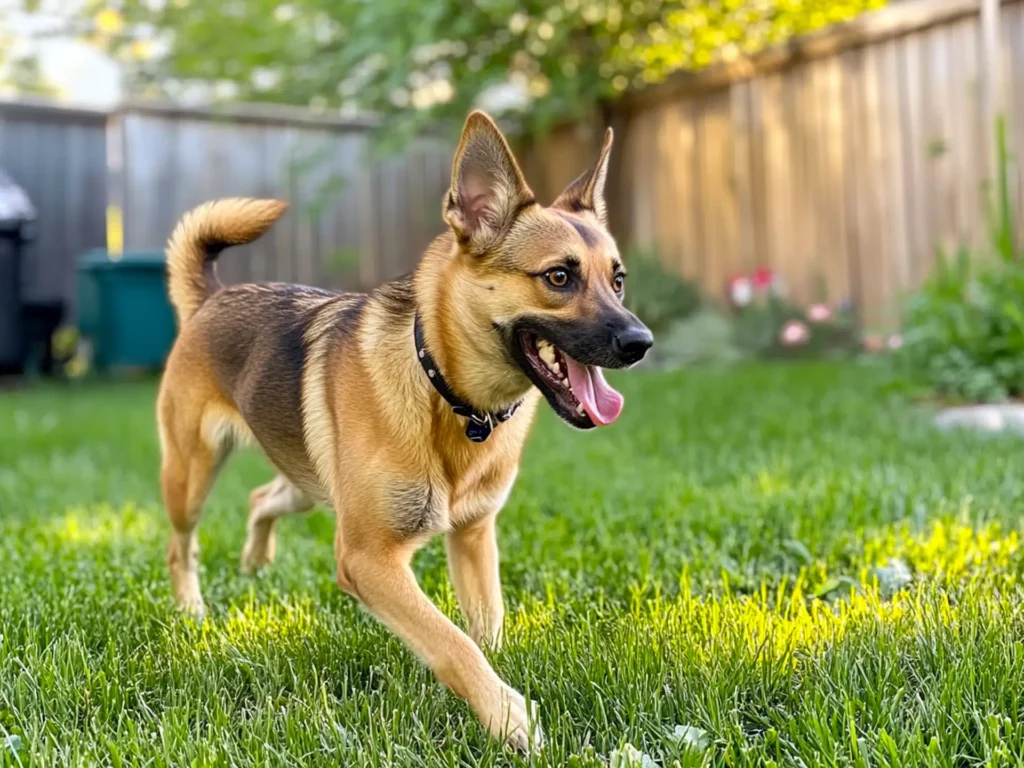
A “Miniature German Shepherd” typically isn’t a purebred dog. Often, breeders mix smaller breeds like the Border Collie, Poodle, or even smaller Shepherd lines to create a dog with GSD-like features in a smaller package.
Key Features
- Size: Can vary widely, but usually 15-20 inches tall, 20-50 pounds.
- Coat: Similar to a GSD in color pattern but sometimes with variations due to crossbreeding.
- Temperament: Generally intelligent and high-energy, depends heavily on the mix.
- Health: Mixed breeds can benefit from hybrid vigor but also may inherit breed-specific issues.
Who Should Consider a Miniature German Shepherd Mix?
- Those wanting the GSD look but in a more compact form.
- Families willing to handle an energetic mixed breed that may have unpredictable traits.
9. Czechoslovakian Wolfdog (Not Exactly Small, but Lean)
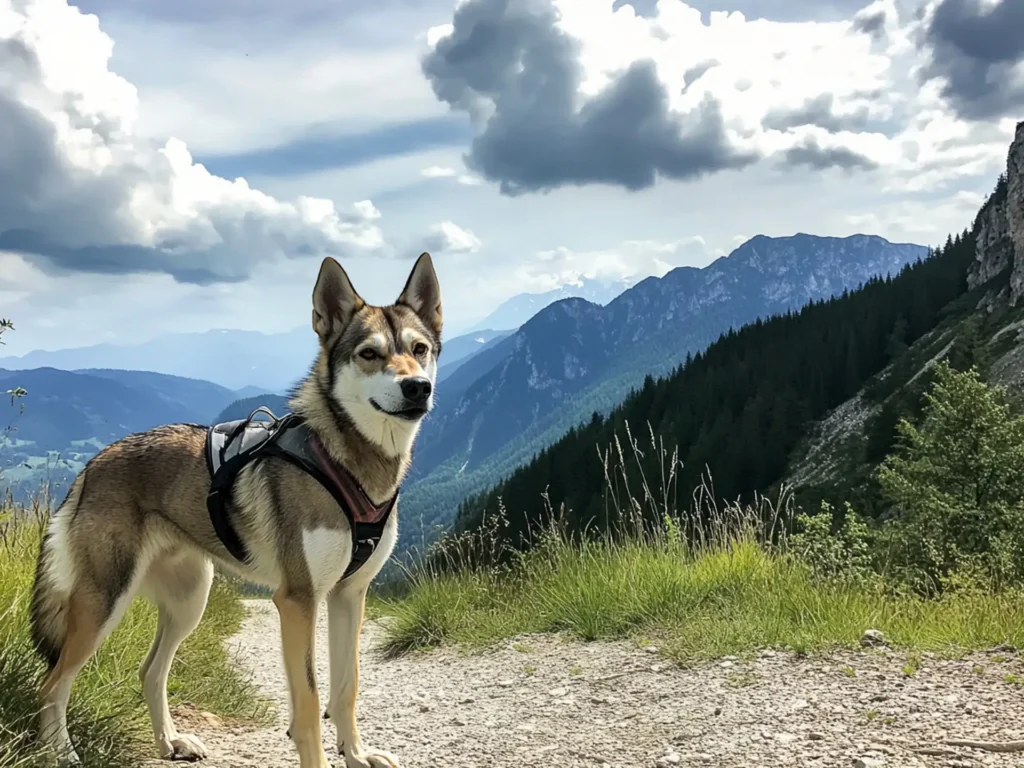
Though not truly a “small” breed, the Czechoslovakian Wolfdog can appear more streamlined and lean compared to a German Shepherd. Its resemblance comes from its lupine features mixed with a Shepherd-like frame.
Key Features
- Size: 24-26 inches tall, weighing 40-60 pounds.
- Coat: Short, dense, wolf-like coloring (gray, silver, or yellowish-brown).
- Temperament: Extremely active, intelligent, and can be reserved with strangers.
- Ownership Challenges: Requires an experienced owner who understands high-energy, wolf-like behaviors.
Who Should Consider a Czechoslovakian Wolfdog?
- Dedicated, experienced dog owners with time for intense exercise and training.
- Individuals fascinated by a breed with a unique wolf-like appearance and strong working drive.
10. Saarloos Wolfdog (Medium to Large)
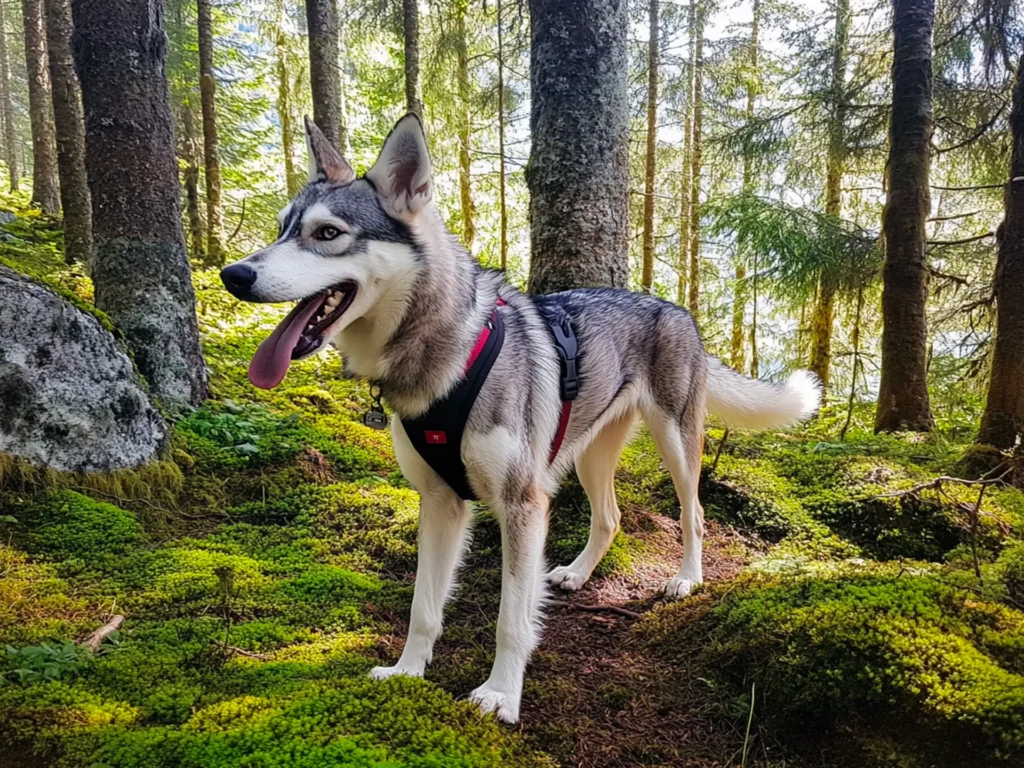
The Saarloos Wolfdog is another breed developed from a German Shepherd and Eurasian Grey Wolf cross. Though typically bigger than a “medium” dog, some lines remain more moderate in size.
Key Features
- Size: 24-30 inches tall, 70-90 pounds. (Some can be lighter depending on the lineage.)
- Coat: Short, dense, in wolf-grey, red, or sable-like shades.
- Temperament: Independent, alert, often shy around strangers, extremely loyal to their families.
- Care Requirements: Like other wolfdog hybrids, they need ample socialization and an experienced, confident owner.
Who Should Consider a Saarloos Wolfdog?
- Enthusiasts of more exotic, wolf-like breeds who have the space and time to handle them responsibly.
- Individuals comfortable with a dog that may not have the typical sociability of a German Shepherd.
Black German Shepherds and Other Color Variations
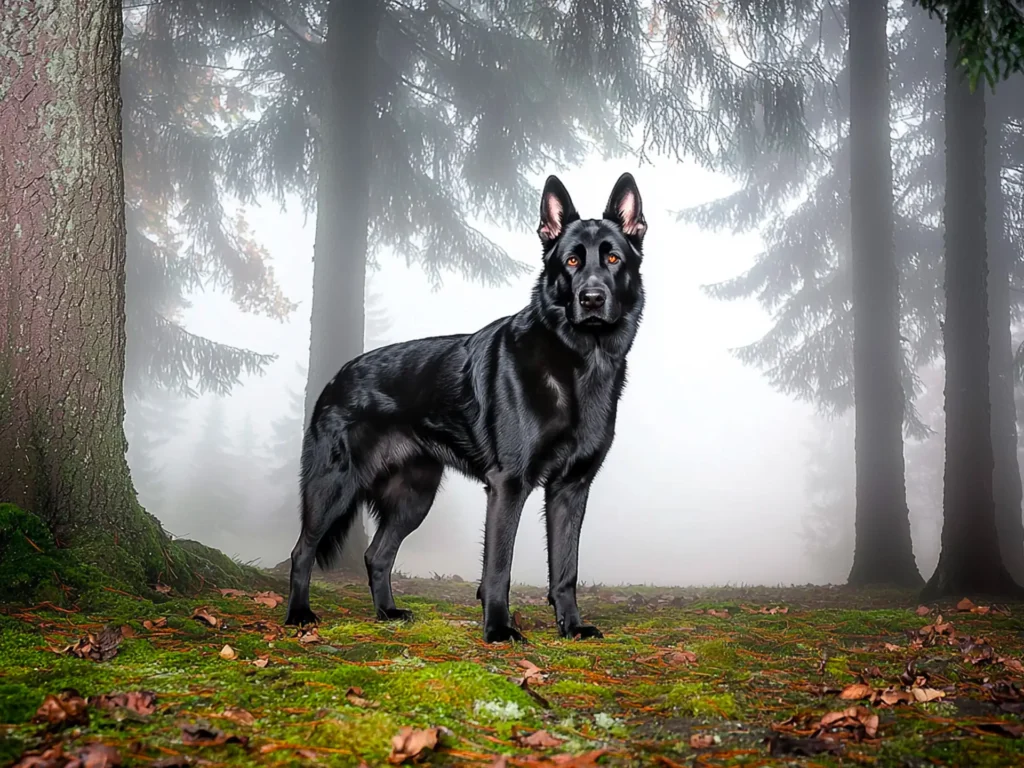
Sometimes, the best “look-alike” for a classic black-and-tan German Shepherd is, surprisingly, another variation within the GSD lineage itself. Black German Shepherds are purebred GSDs with solid black coats, and they can easily be mistaken for other large black working dogs.
Other German Shepherd Variations:
- Sable: A blend of multiple shades, often black-tipped hairs over tan or grey.
- White German Shepherd: Recognized by some kennel clubs; they have a stunning all-white coat.
- Panda German Shepherd: Rare piebald coloring featuring black, white, and tan patches.
If you specifically want a big black dog that looks like a German Shepherd, the all-black GSD is your top candidate. They share the same traits—intelligence, loyalty, and protective instinct—just in a darker coat.
Belgian Malinois vs. German Shepherd: Key Differences
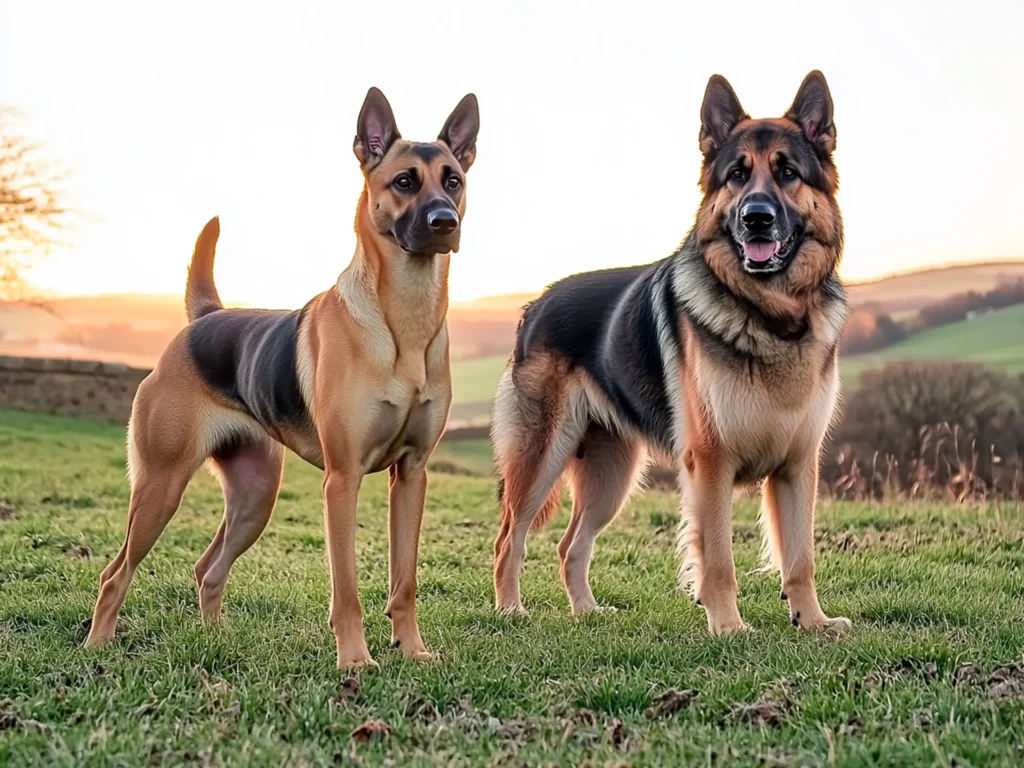
One of the most common comparisons among police dog breeds that look like German Shepherds is the Belgian Malinois. Although they may look similar from a distance, important distinctions include:
- Energy Level and Drive
- Malinois: Extremely high energy; often described as having an “on/off” switch that’s rarely in the “off” position.
- German Shepherd: High energy but slightly more relaxed during downtime.
- Size and Build
- Malinois: Leaner, lighter frame; typically weighs 40-70 pounds.
- German Shepherd: Heavier bone structure, usually 50-90 pounds.
- Coat Length
- Malinois: Short coat, fawn or mahogany with black ears and mask.
- German Shepherd: Medium-length double coat, can have various color patterns.
- Training Approach
- Malinois: Requires highly focused, advanced training to manage drive and mental sharpness.
- German Shepherd: Also thrives on training but is generally more forgiving to novice mistakes.
- Family Compatibility
- Malinois: Best for experienced owners who can meet intense exercise needs.
- German Shepherd: More widely adaptable to families if properly socialized.
Choosing between the two depends on your lifestyle, training experience, and the time you can dedicate to the dog’s mental and physical exercise.
FAQ
Below are some frequently asked questions about dogs that look like German Shepherds, along with concise answers to help guide you further.
Are there smaller purebred German Shepherds?
Purebred German Shepherds generally range between 50 and 90 pounds. Some lines are bred to be on the smaller side, but they’re still within the standard. If you want a truly smaller Shepherd-like dog, you may need to consider a designer crossbreed often labeled as a “Miniature German Shepherd.
Do Belgian Malinois shed as much as German Shepherds?
Yes, Belgian Malinois shed, but their shorter coat can make it seem less intense. They also have a double coat that sheds year-round, with heavier seasonal shedding typically twice a year. Regular brushing helps manage the loose hair.
What about white Shepherds—are they just German Shepherds?
White Shepherds are recognized by some kennel clubs as a distinct variety or breed, while others classify them as German Shepherds with a recessive white gene. Essentially, they have the same lineage, temperament, and build, but with a striking all-white coat.
Which breed is the best police dog apart from German Shepherds?
Belgian Malinois is the most common alternative due to its high drive, agility, and intense focus. Dutch Shepherds are also frequently used. All three excel in law enforcement roles because of their intelligence, stamina, and trainability.
Are King Shepherds good family dogs?
Yes, King Shepherds are generally good family dogs if socialized properly. They tend to be calmer than standard German Shepherds and often do well with children. However, keep in mind they are large dogs that require space and exercise.
How can I tell if a rescue dog is part German Shepherd?
A visual inspection can provide clues (coat color, ear shape, body structure), but DNA testing is the most accurate method to identify mixed breeds. Rescue organizations sometimes run DNA tests to help match dogs with suitable adopters.
Final Thoughts
Selecting from the many dogs that look like German Shepherds can be both exciting and a bit overwhelming. Each breed has its unique traits, and none is a perfect “carbon copy” of the German Shepherd. Variations in size, coat type, temperament, and drive mean there’s a Shepherd-like dog to fit most lifestyles and preferences. By evaluating your living situation, experience level, and the breed’s exercise and training needs, you can find the perfect companion—one that looks every bit as noble and loyal as the iconic German Shepherd.
Whether you opt for a Belgian Malinois, a King Shepherd, a Bohemian Shepherd, or a Miniature German Shepherd mix, remember that a well-socialized and well-trained dog is the key to a harmonious relationship. With proper care, exercise, and love, your Shepherd look-alike will become a cherished member of your family for years to come.

